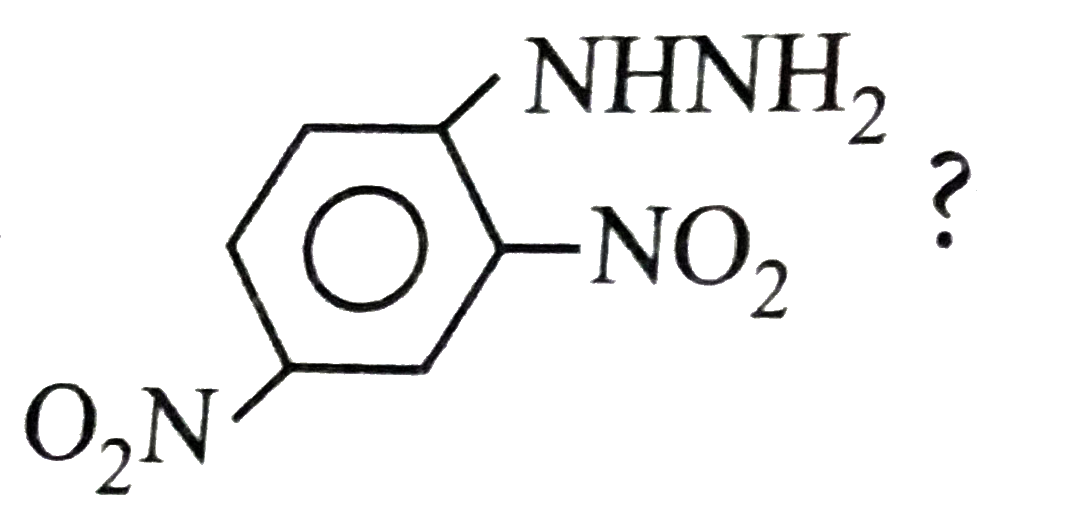Which among the given compounds will give thermal elimination ?
CH3−CH2−Br
CH3−CH2−OH
OCOCH3 ∣CH3−CH2−CH−CH3
All of these
The correct Answer is:C
To determine which compound will undergo thermal elimination, we need to analyze the given compounds and their potential to eliminate groups when heated.
1. Identify the Compounds:
We have three compounds to analyze:
- Compound A: CH3-CH2-VR (where VR is a leaving group, likely a halide)
- Compound B: CH3-CH2-OH (an alcohol)
- Compound C: CH3-CH2-CH(OCOCH3)-CH3 (an ether or ester)
2. Understanding Thermal Elimination:
Thermal elimination typically involves the removal of a leaving group (like a halide or a good leaving group) to form a double bond (alkene) upon heating.
3. Analyzing Compound A (CH3-CH2-VR):
- This compound has a halide (bromine, for example) which can leave upon heating.
- The elimination would lead to the formation of an alkene.
- However, the stability of the alkene formed and the energy required for elimination also play a role.
4. Analyzing Compound B (CH3-CH2-OH):
- This compound has an -OH group.
- Upon heating, it could potentially eliminate water (H2O) to form an alkene.
- However, the -OH group is not a good leaving group compared to halides, making this elimination less favorable.
5. Analyzing Compound C (CH3-CH2-CH(OCOCH3)-CH3):
- This compound has an OCOCH3 group, which can be a good leaving group.
- Upon heating, the OCOCH3 can easily leave, leading to the formation of a double bond (alkene).
- The elimination here is more favorable due to the stability of the leaving group and the resulting alkene.
6. Conclusion:
After analyzing all three compounds, we find that Compound C (CH3-CH2-CH(OCOCH3)-CH3) will undergo thermal elimination most readily due to the presence of a good leaving group (OCOCH3) that can easily depart upon heating.
Final Answer:
The compound that will give thermal elimination is Compound C (CH3-CH2-CH(OCOCH3)-CH3).
We have three compounds to analyze:
- Compound A: CH3-CH2-VR (where VR is a leaving group, likely a halide)
- Compound B: CH3-CH2-OH (an alcohol)
- Compound C: CH3-CH2-CH(OCOCH3)-CH3 (an ether or ester)
Thermal elimination typically involves the removal of a leaving group (like a halide or a good leaving group) to form a double bond (alkene) upon heating.
- This compound has a halide (bromine, for example) which can leave upon heating.
- The elimination would lead to the formation of an alkene.
- However, the stability of the alkene formed and the energy required for elimination also play a role.
- This compound has an -OH group.
- Upon heating, it could potentially eliminate water (H2O) to form an alkene.
- However, the -OH group is not a good leaving group compared to halides, making this elimination less favorable.
- This compound has an OCOCH3 group, which can be a good leaving group.
- Upon heating, the OCOCH3 can easily leave, leading to the formation of a double bond (alkene).
- The elimination here is more favorable due to the stability of the leaving group and the resulting alkene.
After analyzing all three compounds, we find that Compound C (CH3-CH2-CH(OCOCH3)-CH3) will undergo thermal elimination most readily due to the presence of a good leaving group (OCOCH3) that can easily depart upon heating.
The compound that will give thermal elimination is Compound C (CH3-CH2-CH(OCOCH3)-CH3).
Similar Questions
Knowledge Check
Which of the following compounds will give syn-elimination reaction?
A B
B C
C D
D
Which among the following compounds will show geometrical isomerism.
ACH3−CH=CH2BCH3−C∣CH3=CH2CCH3−C∣CH3=CHDDCH3=CH=CHD
Which of the following compounds will give over all substitution product via. Addition/elimination mechanism with Ethylamine?
View SolutionWhich among the following compounds will not give effervescence with sodium bicarbonate ?
View SolutionWhich among the following compounds is paramagnetic ?
View SolutionWhich among the following compounds will show geometrical isomerism.
View SolutionWhich among the following compounds will form intra - molecular hydrogen bond ?
View SolutionWhich of the following compounds will give a coloured crystalline compound with
 ?
?
View Solution
